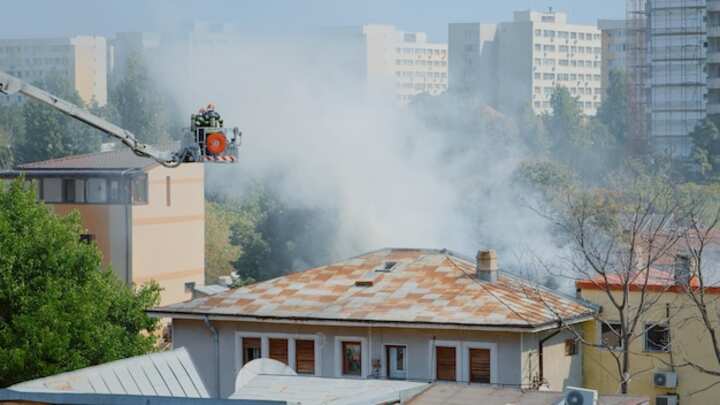
The Ultimate Guide to Soot Cleaning Costs and Techniques for Removing Fire Soot
Dealing with the aftermath of a fire can be an overwhelming experience. One of the most persistent issues homeowners face is soot removal. Soot, a black powdery or flaky substance, is a byproduct of incomplete combustion and can settle on surfaces throughout a home, causing discoloration, odors, and health risks if not addressed promptly. Understanding the costs associated with soot cleaning and the techniques available for removing fire soot is crucial for anyone dealing with fire damage. This guide aims to provide comprehensive insights into these topics, helping homeowners make informed decisions during the restoration process.
Factors Influencing Soot Cleaning Costs
The cost of soot cleaning can vary significantly based on a range of factors. Understanding these factors can help homeowners estimate potential expenses and budget accordingly.
Extent of Damage
- The size of the area affected by soot is a primary cost determinant. Larger areas will naturally require more resources and time, increasing the overall cost.
- The severity of the soot buildup also impacts costs. Thick layers of soot are more challenging to clean and may necessitate specialized equipment or techniques.
Type of Soot
- Different types of soot, such as dry soot, wet soot, and oily soot, require different cleaning methods. Oily soot, for instance, is more challenging to remove and may incur higher cleaning costs.
- Understanding the type of soot can help in selecting the appropriate cleaning approach, thus influencing the cost.
Materials Affected
- Soot can settle on various materials, including walls, ceilings, furniture, and personal belongings. The type of material affected will determine the cleaning method and cost.
- Delicate or porous materials may require special handling, potentially increasing the cleaning expenses.
Professional Services vs. DIY
- Hiring professional soot cleaning services can be more costly than attempting a DIY approach. However, professionals bring expertise and equipment that may yield better results.
- Homeowners must weigh the benefits of professional services against potential savings from a DIY effort. Explore further insights here: Learn more in this detailed guide.
Techniques for Removing Fire Soot
Various techniques can be employed to remove soot effectively, each with its own set of advantages and limitations.
Dry Cleaning
- Dry cleaning methods, such as using a dry sponge or vacuum, are effective for removing dry soot from surfaces like walls and ceilings.
- This technique is suitable for initial cleaning efforts, helping to remove loose soot particles before deeper cleaning methods are applied.
Wet Cleaning
- Wet cleaning involves using water and cleaning agents to dissolve soot, making it easier to wipe away.
- This method is effective for greasy or oily soot and can be used on non-porous surfaces.
Chemical Cleaning
- Chemical cleaners are often necessary for stubborn soot stains and can be used on various surfaces.
- These products should be used with caution, following manufacturer instructions, to avoid damage to surfaces or health risks. Read more about this topic: Find additional information here.
Thermal Fogging
- Thermal fogging is a technique that involves using a fogging machine to release a deodorizing smoke that neutralizes soot odors.
- This method is particularly effective for dealing with persistent smoke odors that permeate throughout a property.
Conclusion
Understanding the costs and techniques associated with soot cleaning is essential for homeowners facing fire damage. By considering factors such as the extent of damage, type of soot, and materials affected, homeowners can better estimate potential costs and choose the most suitable cleaning methods. While DIY approaches may offer cost savings, professional services often provide the expertise and equipment necessary for effective soot removal. For those seeking more comprehensive guidance, explore further insights here to make informed decisions during the restoration process.